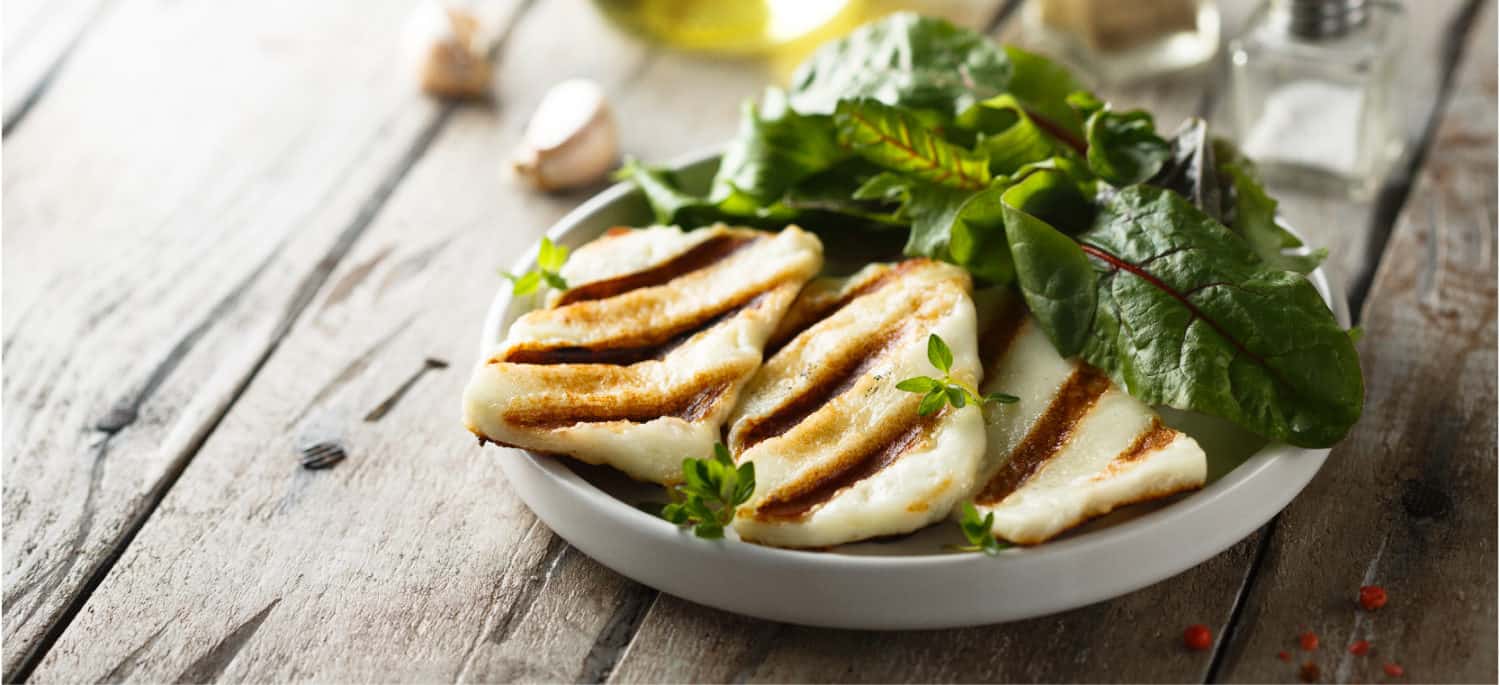This Dr. Axe content is medically reviewed or fact checked to ensure factually accurate information.
With strict editorial sourcing guidelines, we only link to academic research institutions, reputable media sites and, when research is available, medically peer-reviewed studies. Note that the numbers in parentheses (1, 2, etc.) are clickable links to these studies.
The information in our articles is NOT intended to replace a one-on-one relationship with a qualified health care professional and is not intended as medical advice.
This article is based on scientific evidence, written by experts and fact checked by our trained editorial staff. Note that the numbers in parentheses (1, 2, etc.) are clickable links to medically peer-reviewed studies.
Our team includes licensed nutritionists and dietitians, certified health education specialists, as well as certified strength and conditioning specialists, personal trainers and corrective exercise specialists. Our team aims to be not only thorough with its research, but also objective and unbiased.
The information in our articles is NOT intended to replace a one-on-one relationship with a qualified health care professional and is not intended as medical advice.
What Is Halloumi? A Protein-Rich Grilling Cheese You Must Try
October 17, 2024

If you’ve browsed the cheese aisle of Trader Joe’s or Whole Foods lately, or any other grocery store that carries the latest food trends, you may have noticed halloumi cheese — or grilling cheese.
This unique cheese may be trending in the U.S. these days, but it’s been consumed in Greece for hundreds of years.
When cooked, it becomes crispy on the outside and gooey on the inside — and it offers a delicious salty taste, too. It’s versatile enough to add to many recipes you’re already preparing at home.
But how healthy is it? How does it match up against other cheeses, including protein and calcium content?
Let’s dig in.
What is halloumi cheese?
Halloumi cheese is a semi-hard, unripened and brined cheese that’s traditionally made from sheep’s milk in the Greek island of Cyprus. In the U.S. (and at Trader Joe’s), grilling halloumi cheese is also made from cow and goat milk.
Halloumi is free from rennet, an enzyme that’s commonly used in cheesemaking. Because rennet is often derived from the stomach of calf, lamb and goat, people on a vegetarian diet typically won’t eat cheeses made with the enzyme.
Halloumi has a unique taste and texture. It’s firm and salty and has been compared to a thick feta, although halloumi has a smoother texture.
It’s when the cheese is grilled, pan-fried or baked that it’s true delicious flavor emerges. It becomes a savory treat that’s crispy on the outside and gooey on the inside.
The texture and taste of this grilling cheese are what make it so versatile and explain its growing popularity. It can be added to salads, wraps, tacos, burgers and more.
Nutrition facts
One slice (roughly 25 grams) of halloumi nutrition contains about:
- Calories: 74
- Total Fat: 6 g
- Saturated Fat: 4 g
- Protein: 5 g
- Sodium: 300 mg (8%–13% DV*)
- Calcium: 180 mg (18% DV)
*Daily Value: Percentages are based on a diet of 2,000 calories a day.
Potential benefits
1. High in protein
Just one thin slice, or 25 grams, of halloumi cheese contains five grams of protein. Consuming enough high-protein foods regularly is important for many body functions, including providing energy, helping build muscle, supporting the absorption of nutrients and stabilizing blood sugar levels.
Research published in Nutrients suggests that individuals may benefit from increasing their intake and frequency of consumption of protein.
Halloumi wouldn’t necessarily be considered the highest quality protein because of its salt and saturated fat content, but consuming it in moderation can be beneficial.
2. Good source of calcium
Halloumi cheese also serves as a good source of calcium. According to researchers in Greece, the calcium content in the grilling cheese depends on the brining process, but 80 percent of the calcium found in the cheese comes from the casein molecules.
We know that calcium is a key nutrient in our bodies and maintaining adequate levels is important. Consuming high-calcium foods like halloumi can help support heart and bone health.
3. Doesn’t contain lactose
Lactose intolerance is a spectrum, as some people who deal with this allergy may be able to eat many cheeses while others can suffer stomach issues after just one bite of ice cream.
Halloumi is made from sheep and goat milk, both of which contain less lactose than milk and generally cause fewer allergy issues.
4. Vegetarian-friendly (but check first)
Many halloumi products aren’t made with rennet, so they are considered vegetarian. That said, you’ll want to double-check the product label to ensure that it’s not made with animal-derived rennet.
Research published in the Journal of the International Society of Sports Nutrition suggests that the typical vegetarian diet tends to be high in carbohydrates and low in protein. Adding halloumi to some meals throughout the month can be helpful in maintaining proper nutrient levels.
Potential downsides
Halloumi is a salty cheese, with up to 13 percent of your daily value in just one slice. Therefore, when eaten in excess, it’s easy to go overboard on your daily sodium intake.
This frying cheese is also high in saturated fat, with one slice accounting for a good portion of your daily value.
While saturated fat remains vilified, research recently has shown that saturated fat may not cause the health problems it was long suspected of. In fact, a 2022 study declared that “saturated fats have no effect on cardiovascular disease, cardiovascular mortality or total mortality.”
The fat that undoubtedly does cause health issues is trans fat, and halloumi cheese doesn’t contain any of this fat.
Regardless, because of its sodium level and being somewhat high in calories like all cheeses, moderation is recommended.
How to use
You’ll be able to find halloumi cheese in many specialty grocers, including places like Trader Joe’s and Whole Foods. Natural food stores commonly carry grilling cheese, and cheese shops will likely carry halloumi as well.
Although halloumi is traditionally made in Greece, there are other versions of grilling or frying cheese that are prepared by dairy and goat farmers in the United States and Canada.
Like most other cheeses, halloumi can be enjoyed by itself or added to a range of recipes to add texture and flavor. It’s very easy to cook halloumi, as it can be pan-fried, grilled and baked.
Halloumi has a high fat content, so it doesn’t require adding oil when cooking.
Here are some simple ideas for cooking this grilling cheese:
Pan fry:
- Cut the cheese into slices that are about a half-inch thick. Some products already come precut and packaged.
- Cook each side in a nonstick frying pan over medium heat.
- Let each side dry-fry for about 1–2 minutes, until it becomes brown and crispy.
Bake:
- Add half-inch slices to an ovenproof dish or baking sheet, and drizzle them with olive oil.
- Bake at 390 degrees Fahrenheit for 10–15 minutes until the cheese begins to brown on edges.
Grill:
- Coat half-inch cheese slices with olive oil, and grill over high heat.
- You’ll want to turn the cheese slices occasionally and grill for about 2–5 minutes, until it begins to crisp.
- You can also cut the cheese into cubes and grill it on skewers.
Now that you’ve learned how to cook halloumi cheese, you’ll probably need some ideas about how to use it in your everyday recipes. Here are a few:
- Add it to any salad
- Add it to a grass-fed burger
- Add it to a vegetarian wrap
- Use it to make vegetarian-friendly tacos
- Add it to this Carne Asada Tacos Recipe
- Swap out the beef, and make a vegetarian-friendly burger
- Use it to make grilled cheese on sourdough bread
- Use it to make a Caprese salad or panini — swap out the mozzarella
- Put it into strips to bake cheese fries
Substitutes
It’s difficult to find a cheese that can be grilled and have the same taste and consistency as halloumi. You may be able to use tofu or paneer as a substitute for some halloumi recipes.
When it comes to swapping out meats or other cheeses for halloumi, there are a lot of possibilities. This grilling cheese can take the place of mozzarella in salads and paninis.
It can also replace meats used for burgers, wraps and baked dishes.
Precautions
For people who are avoiding foods high in sodium and excessive salt intake, it’s best to limit or even avoid salty cheeses like grilling cheese.
Final thoughts
- Halloumi cheese, also called grilling cheese, is a unique type of cheese that was originally consumed in Greece.
- Rich in protein and calcium, grilling cheese offers important nutrients and is considered vegetarian-friendly when made without animal rennet.
- It’s easy to prepare grilling cheese by dry pan-frying, baking or grilling it. It has a crispy crust and becomes soft and gooey on the inside when cooked.
- Add grilling cheese to your favorite salad, burger, wrap, taco and panini recipes.









